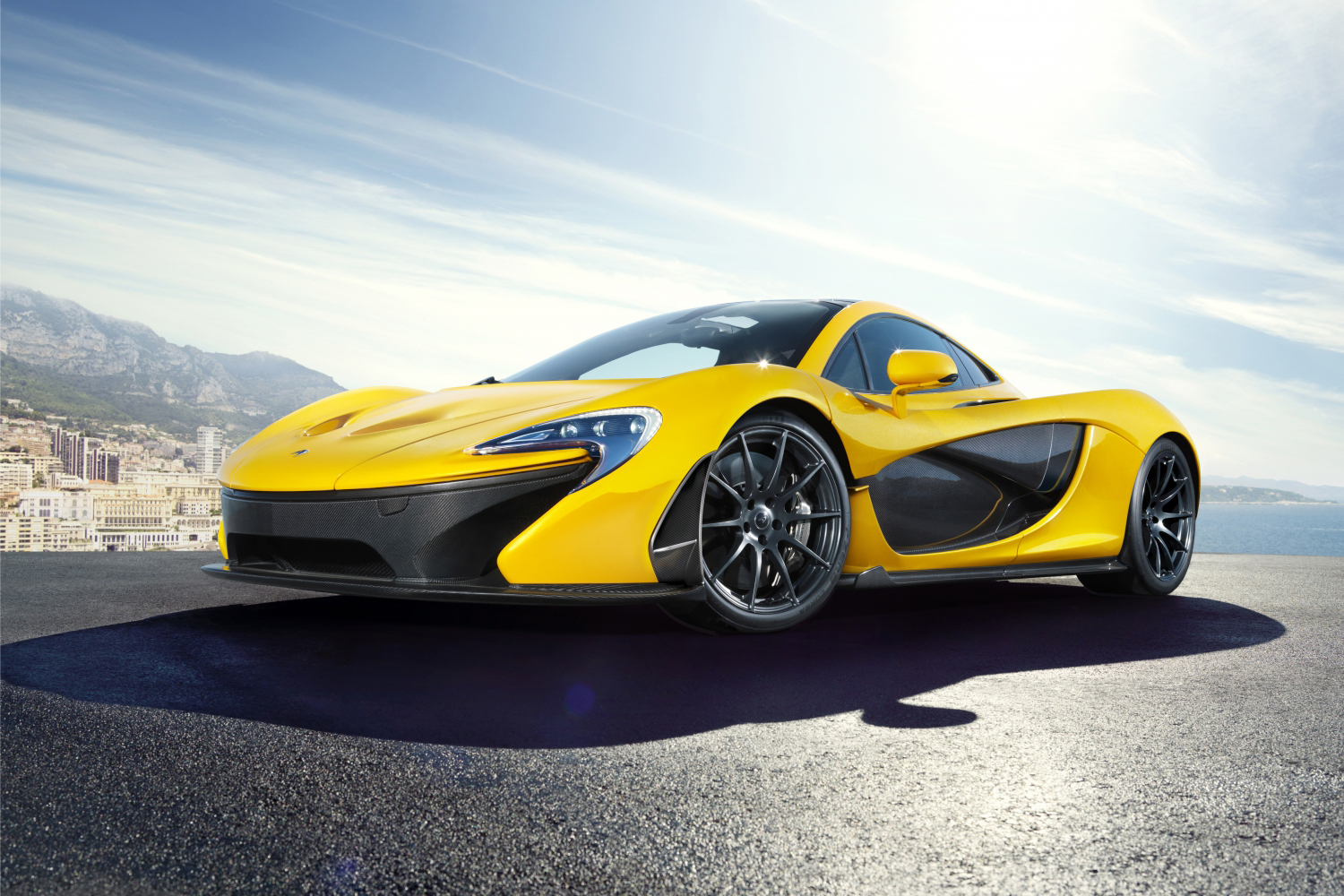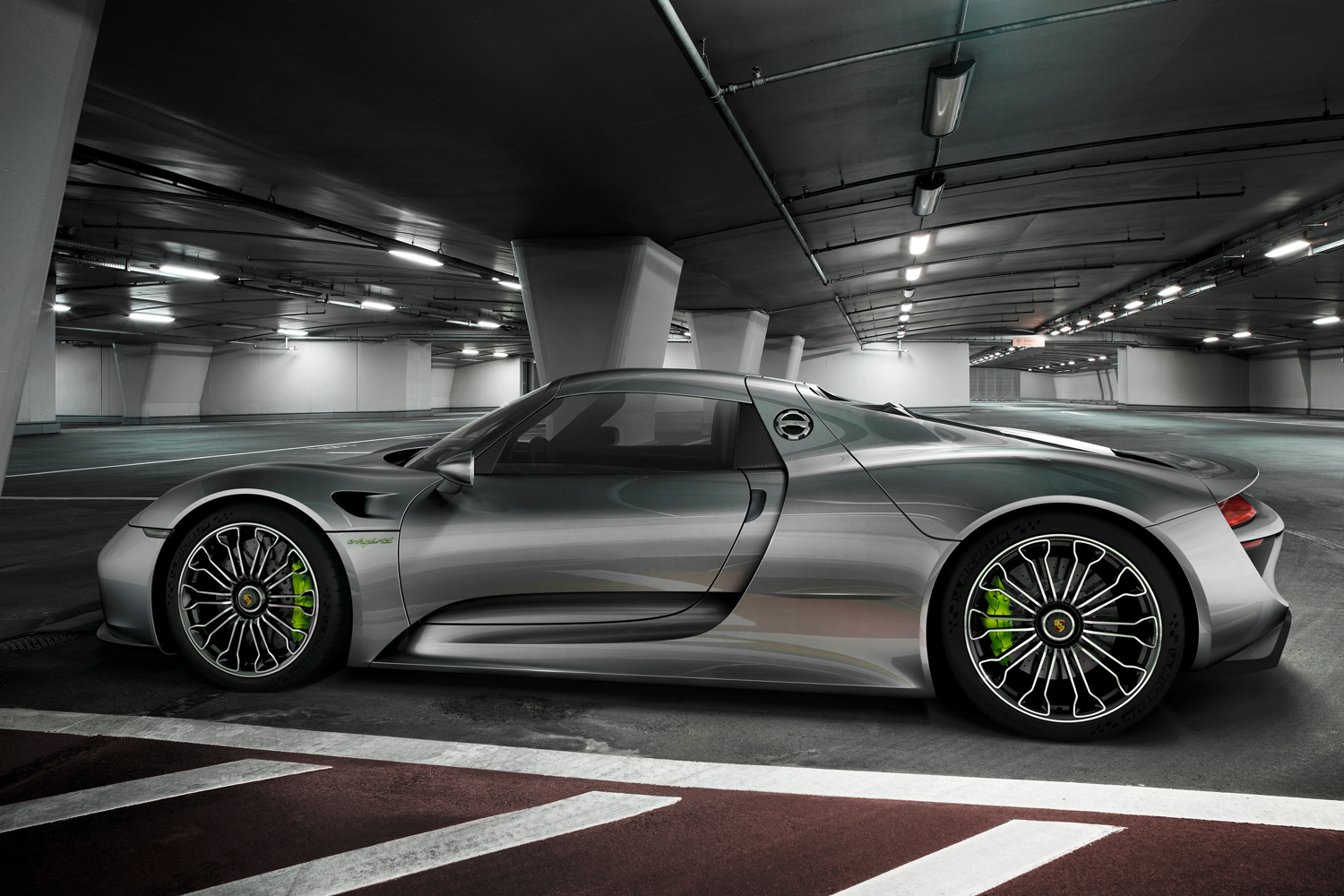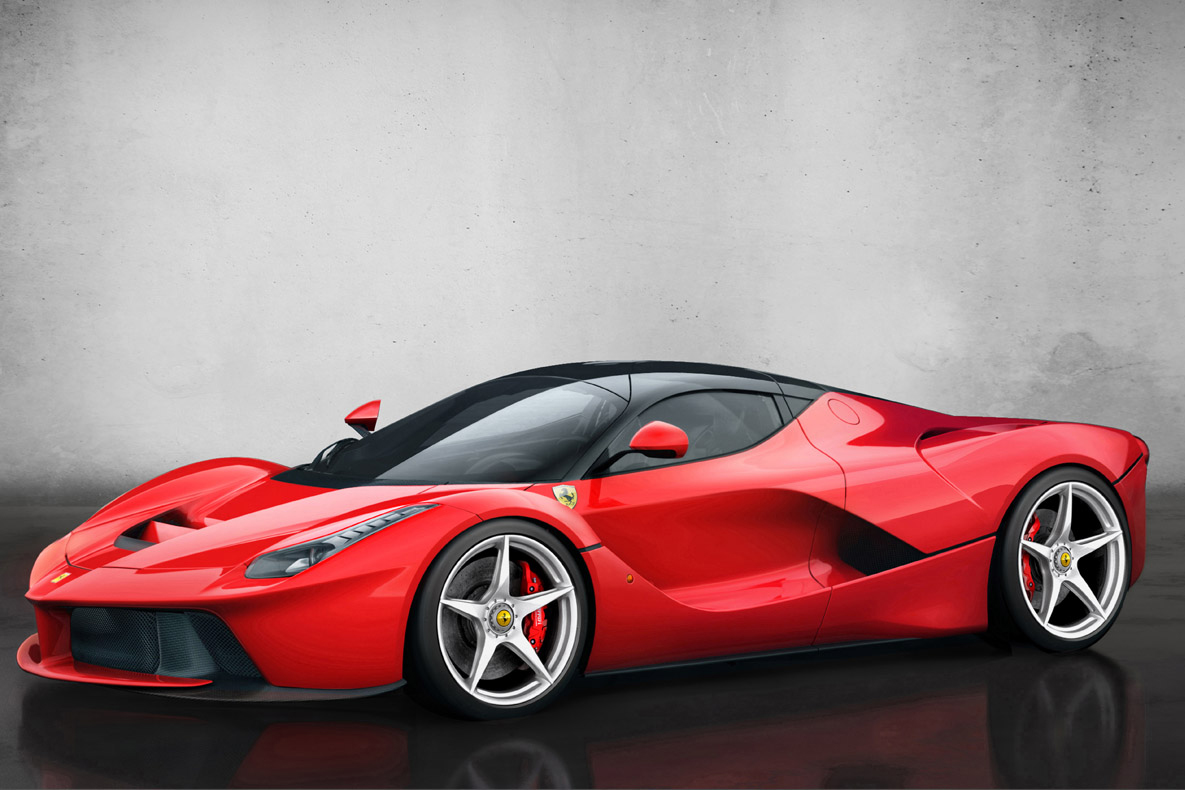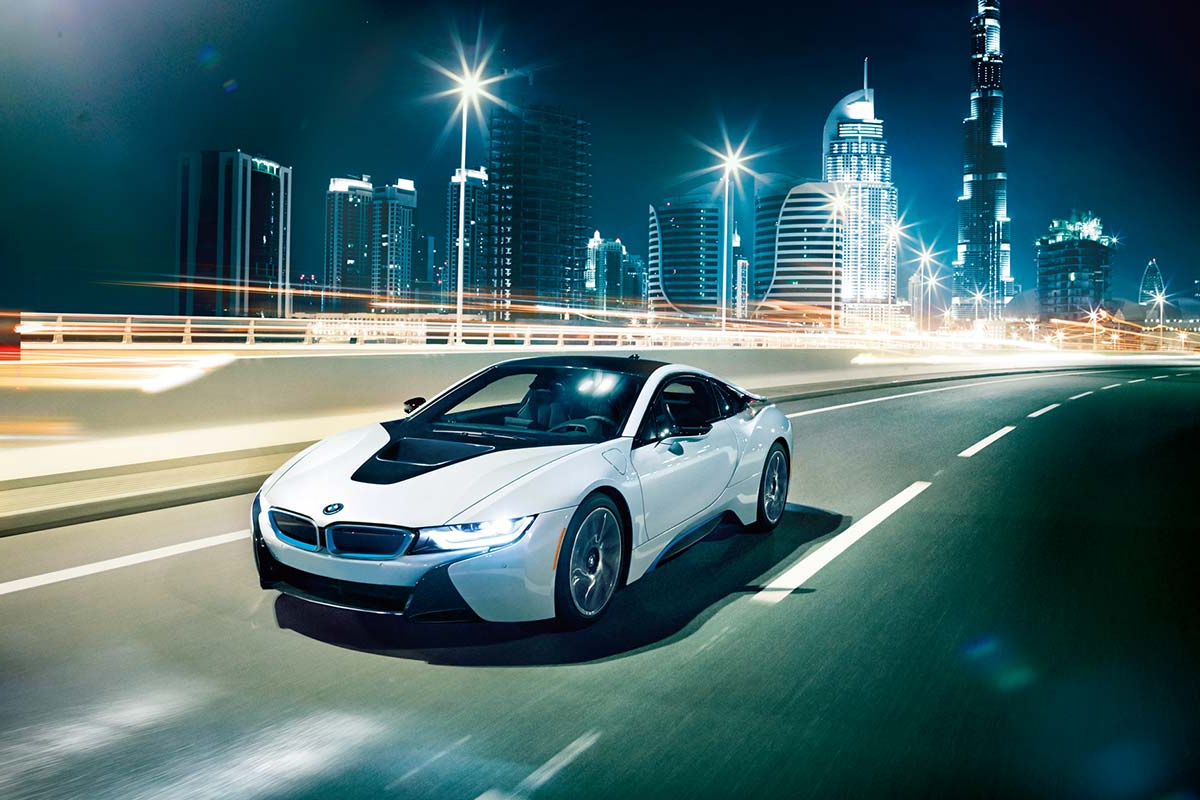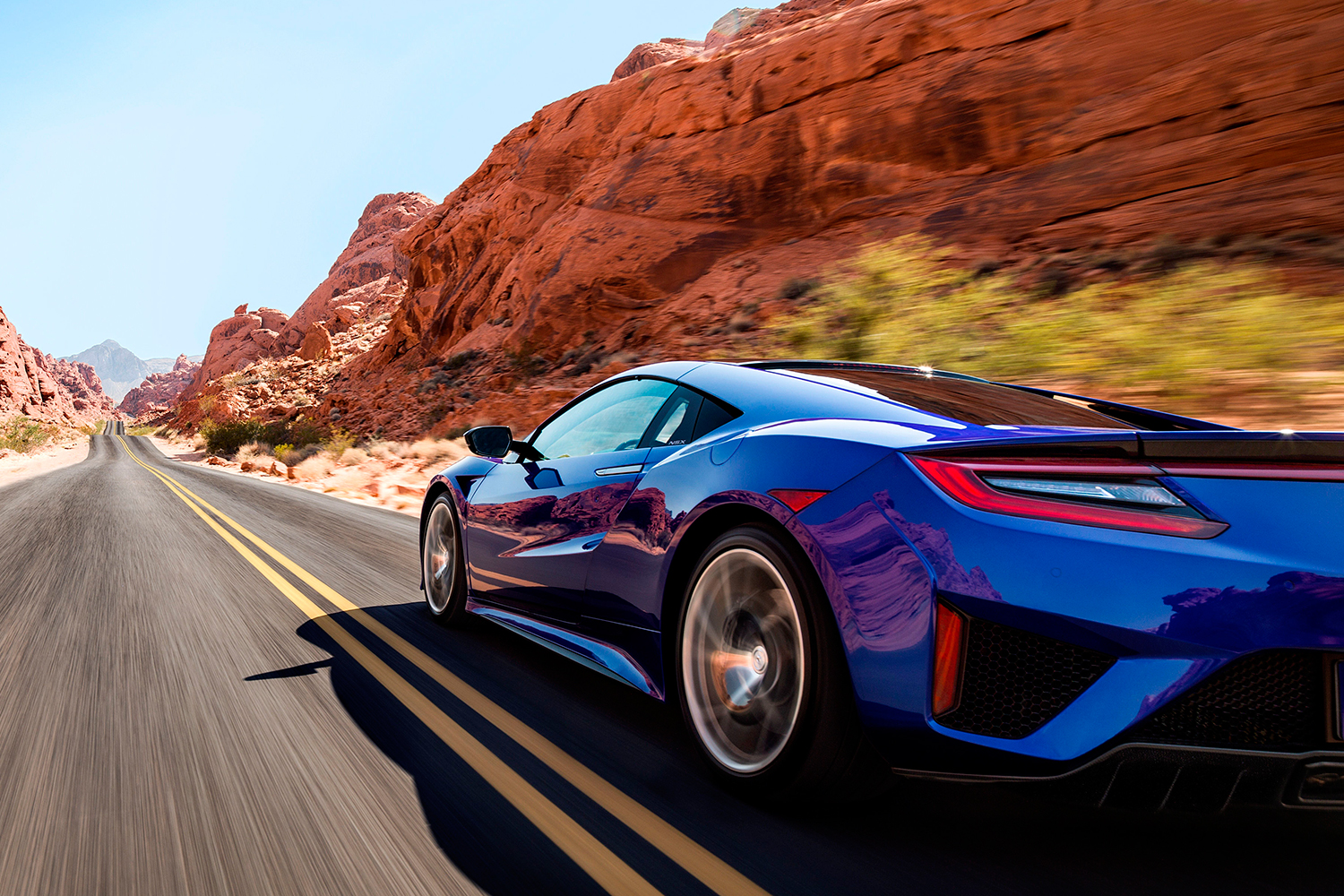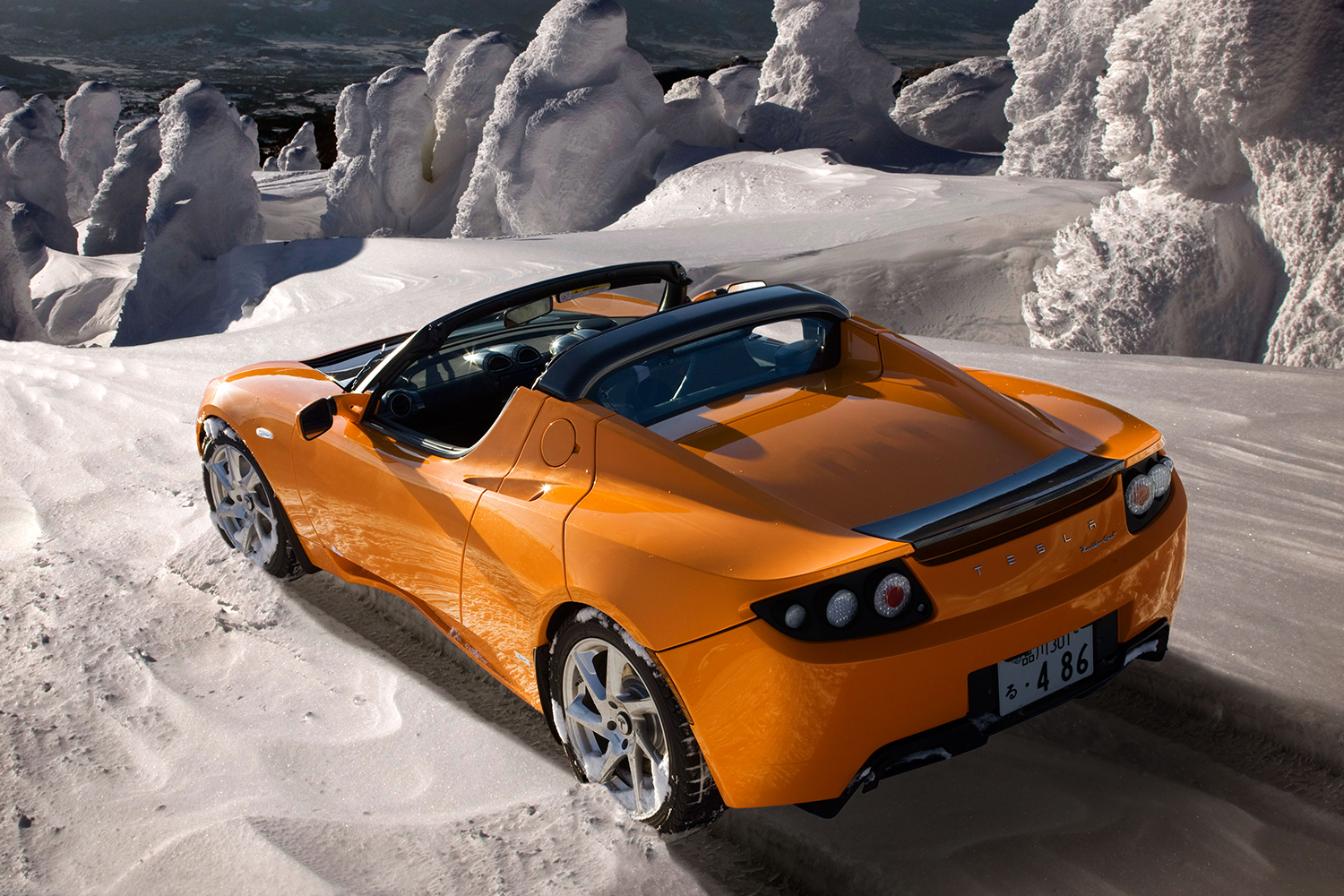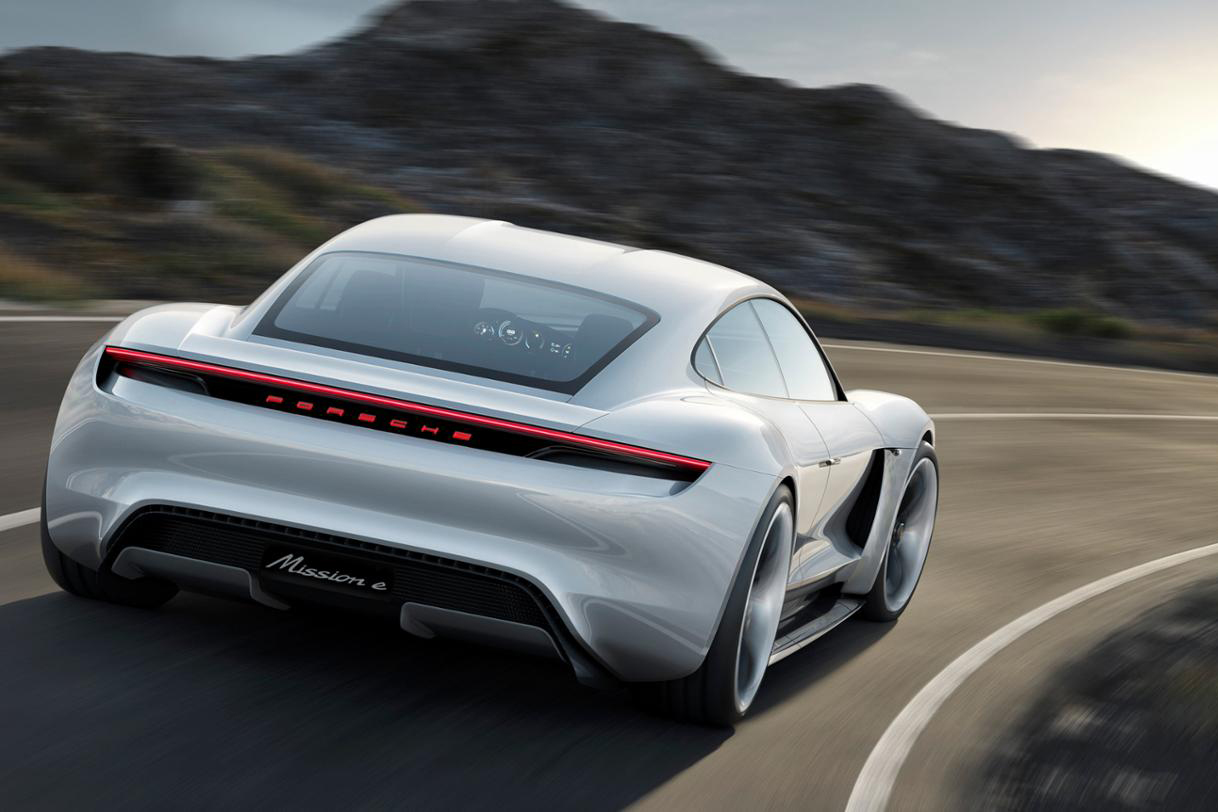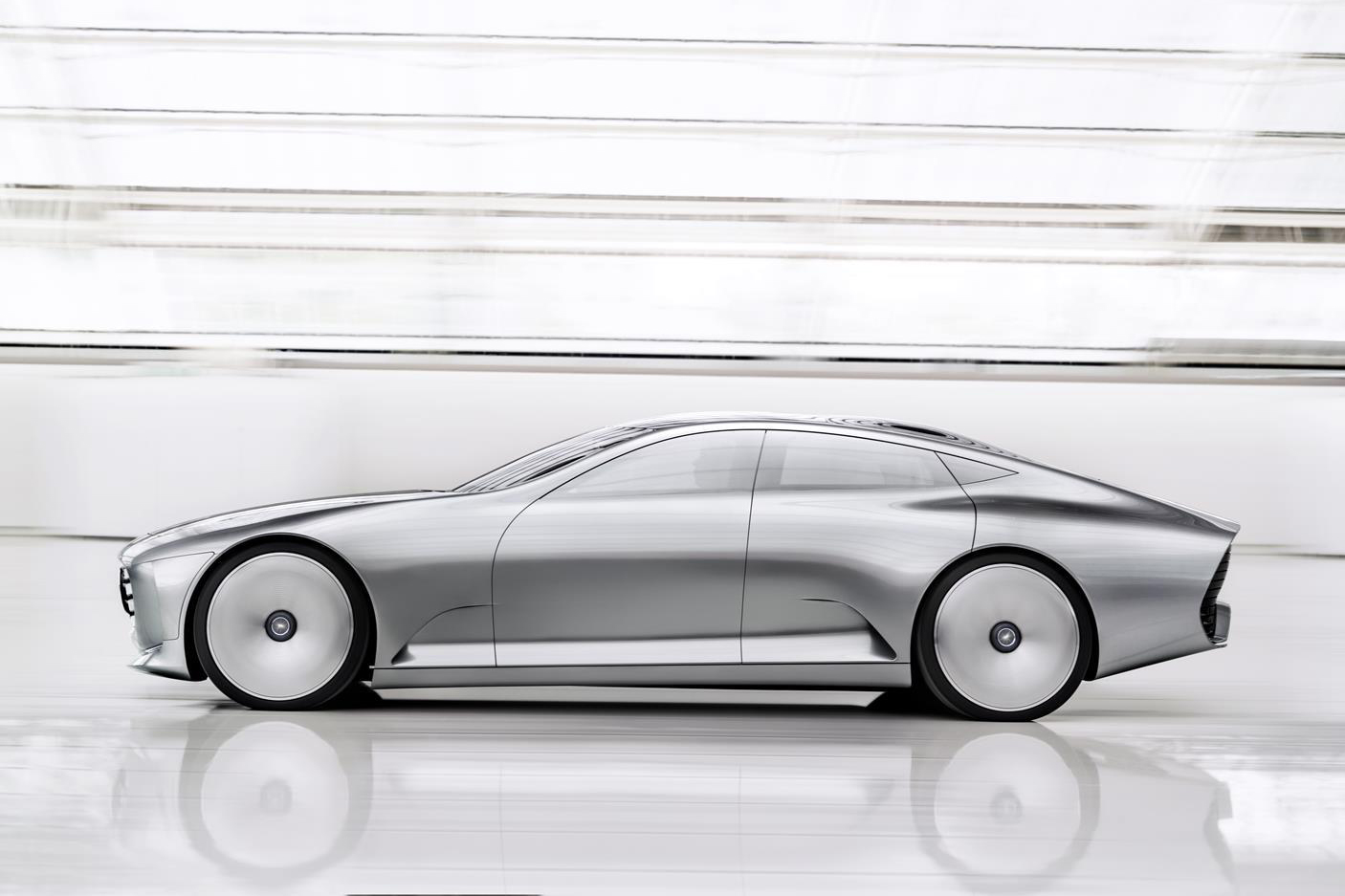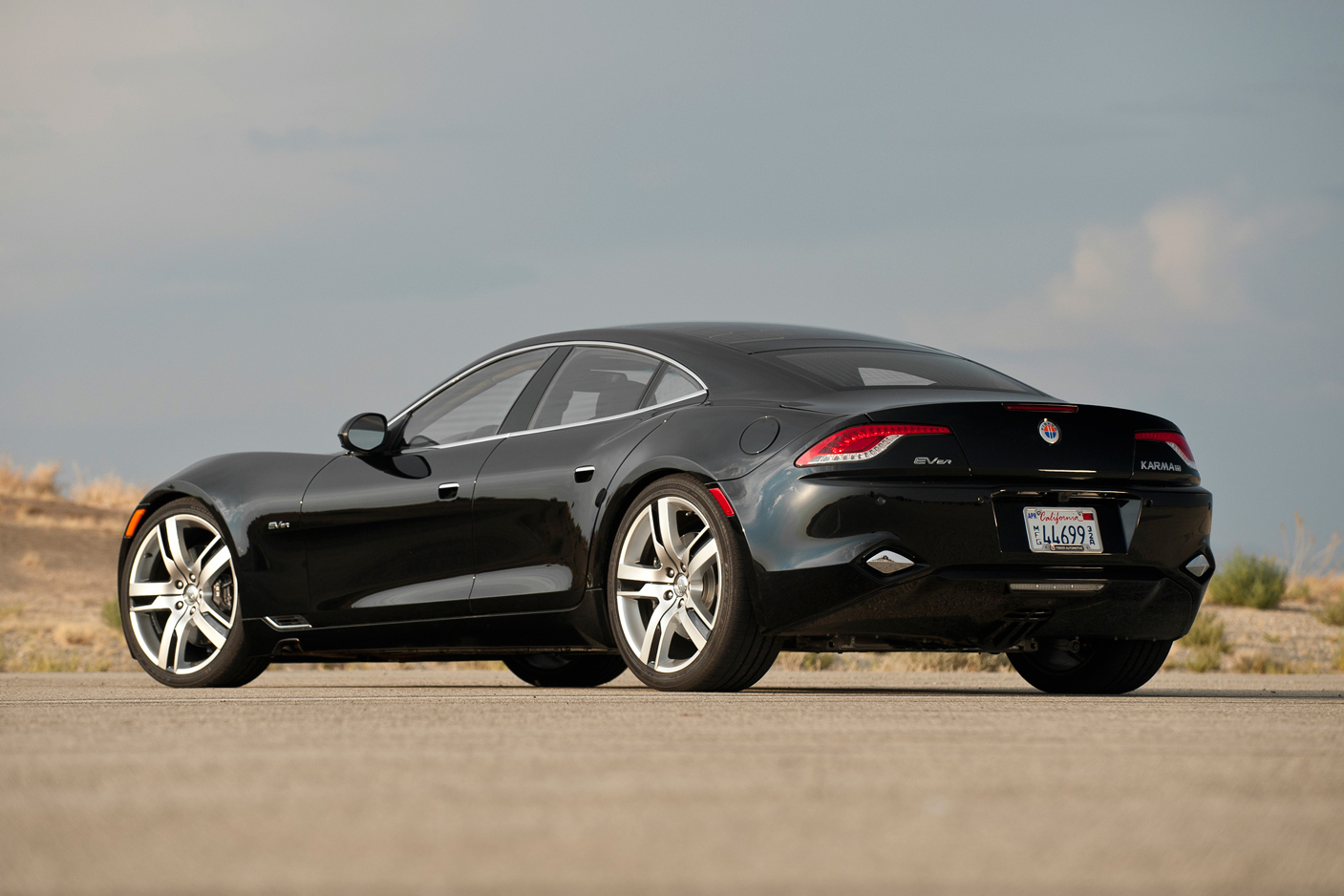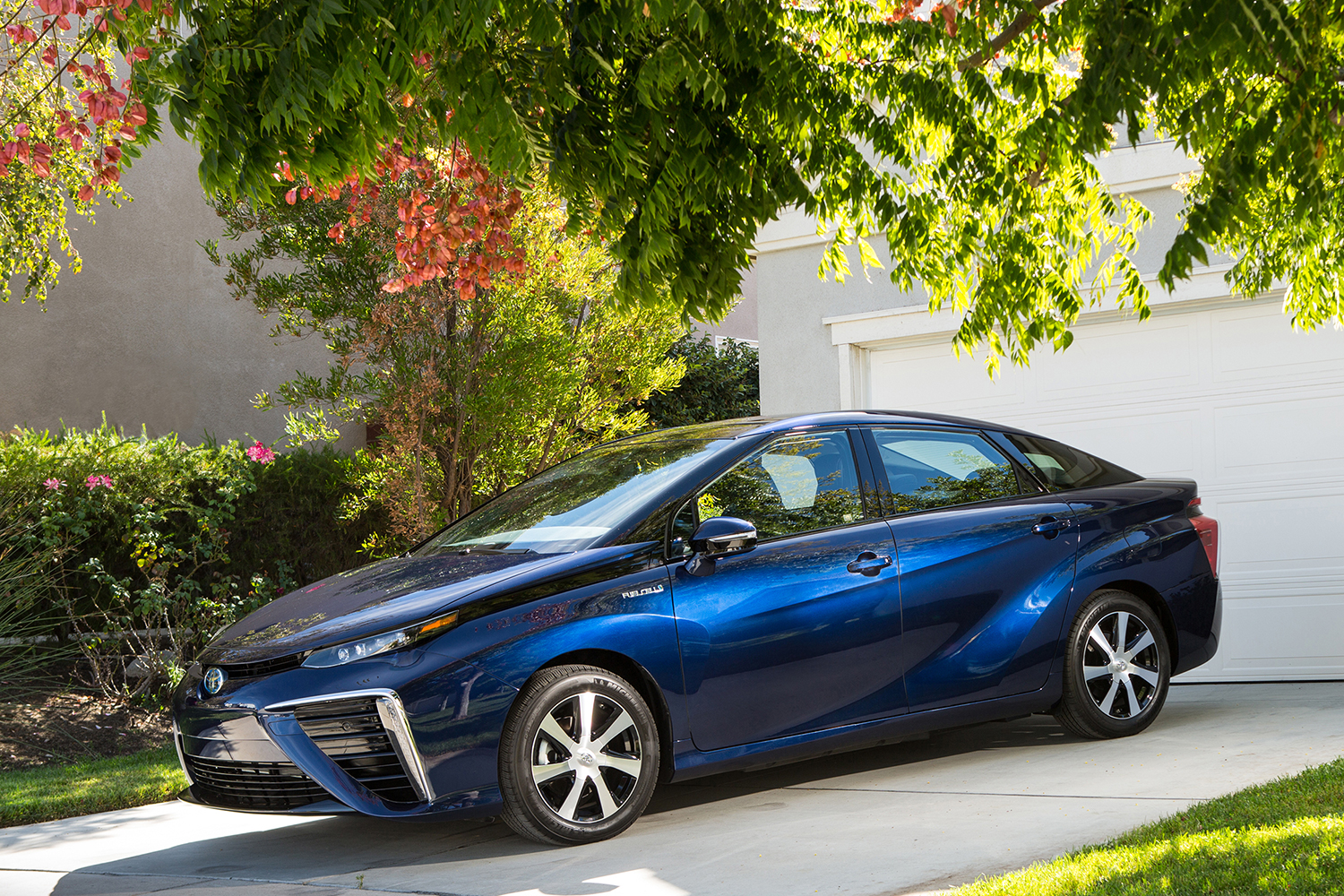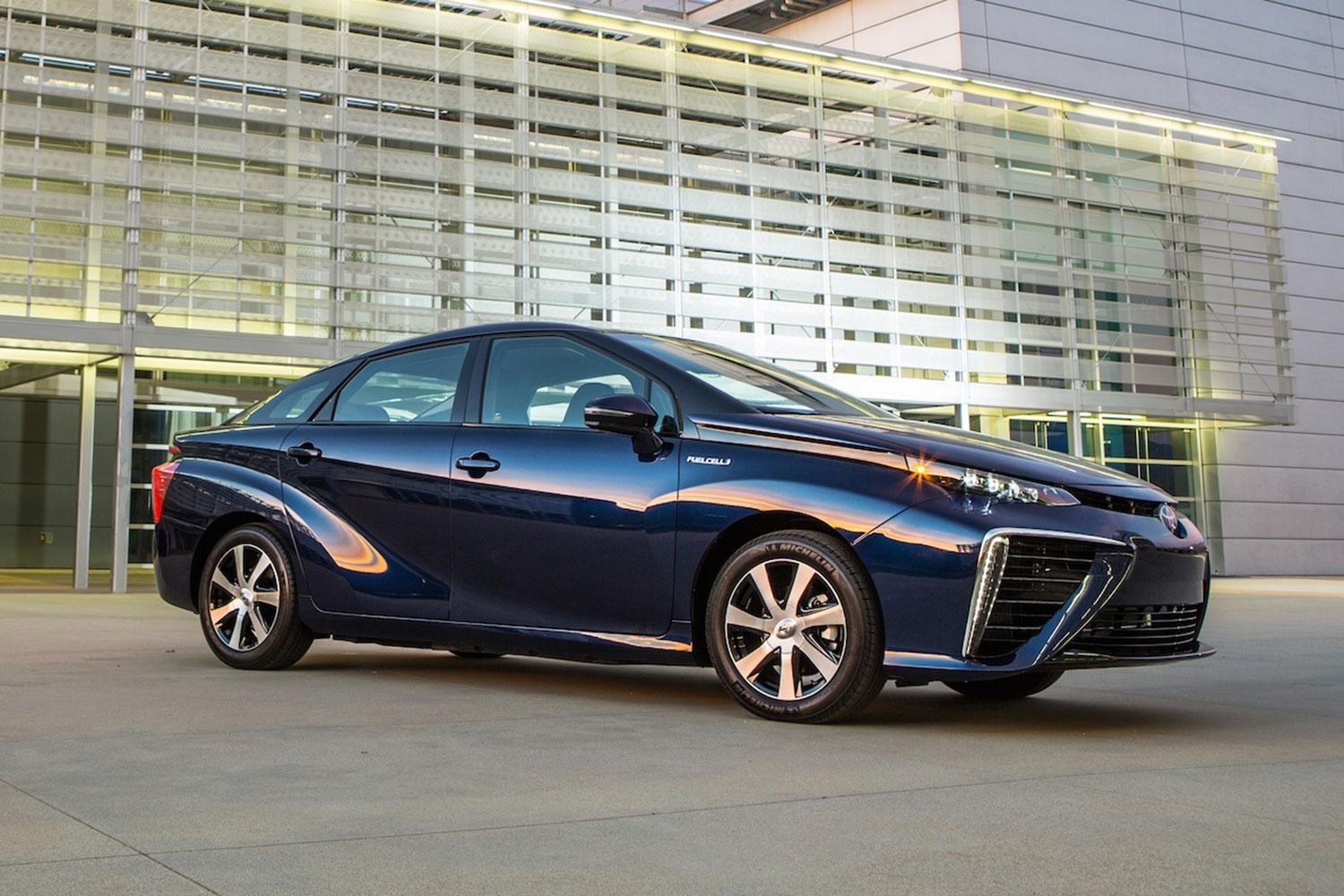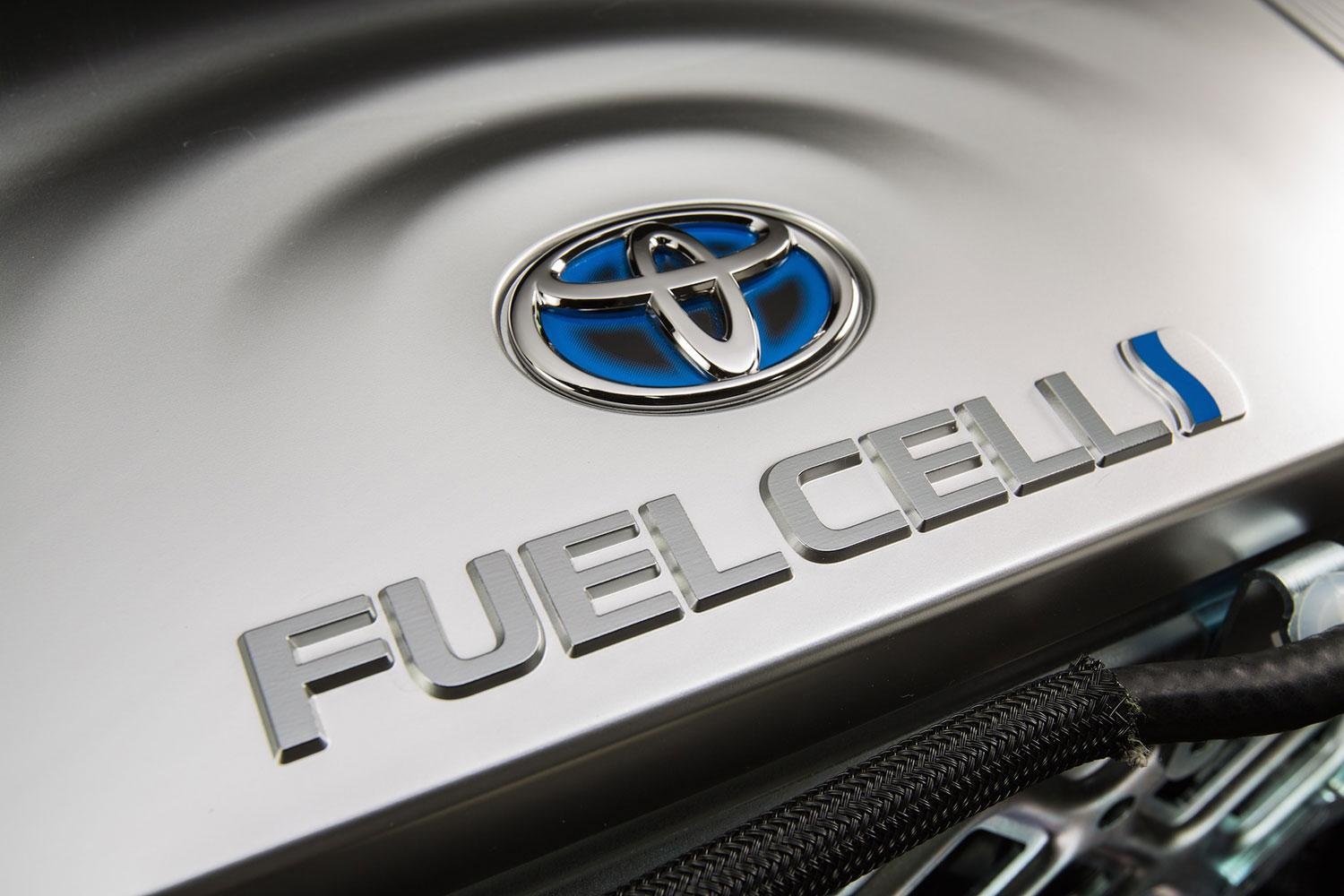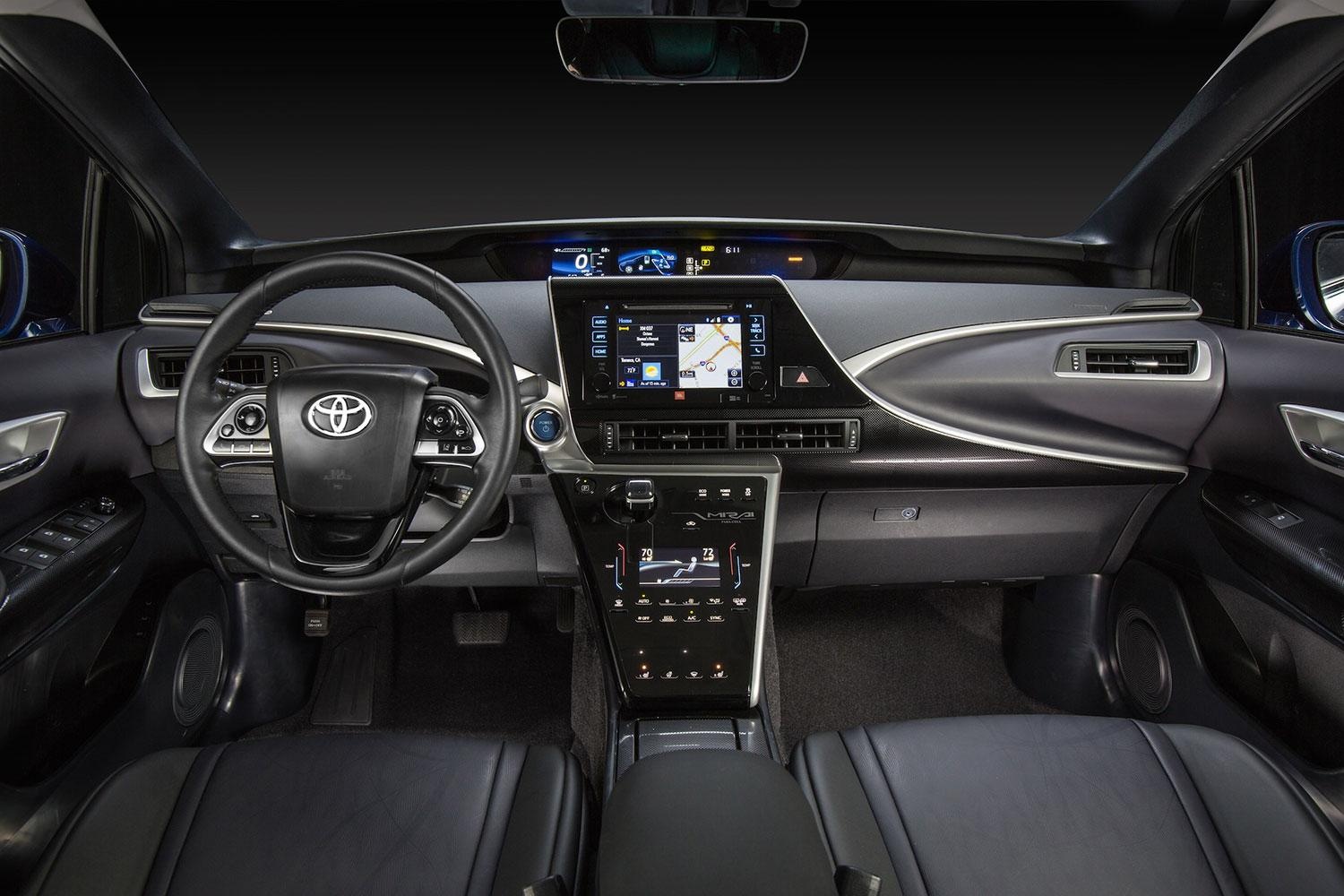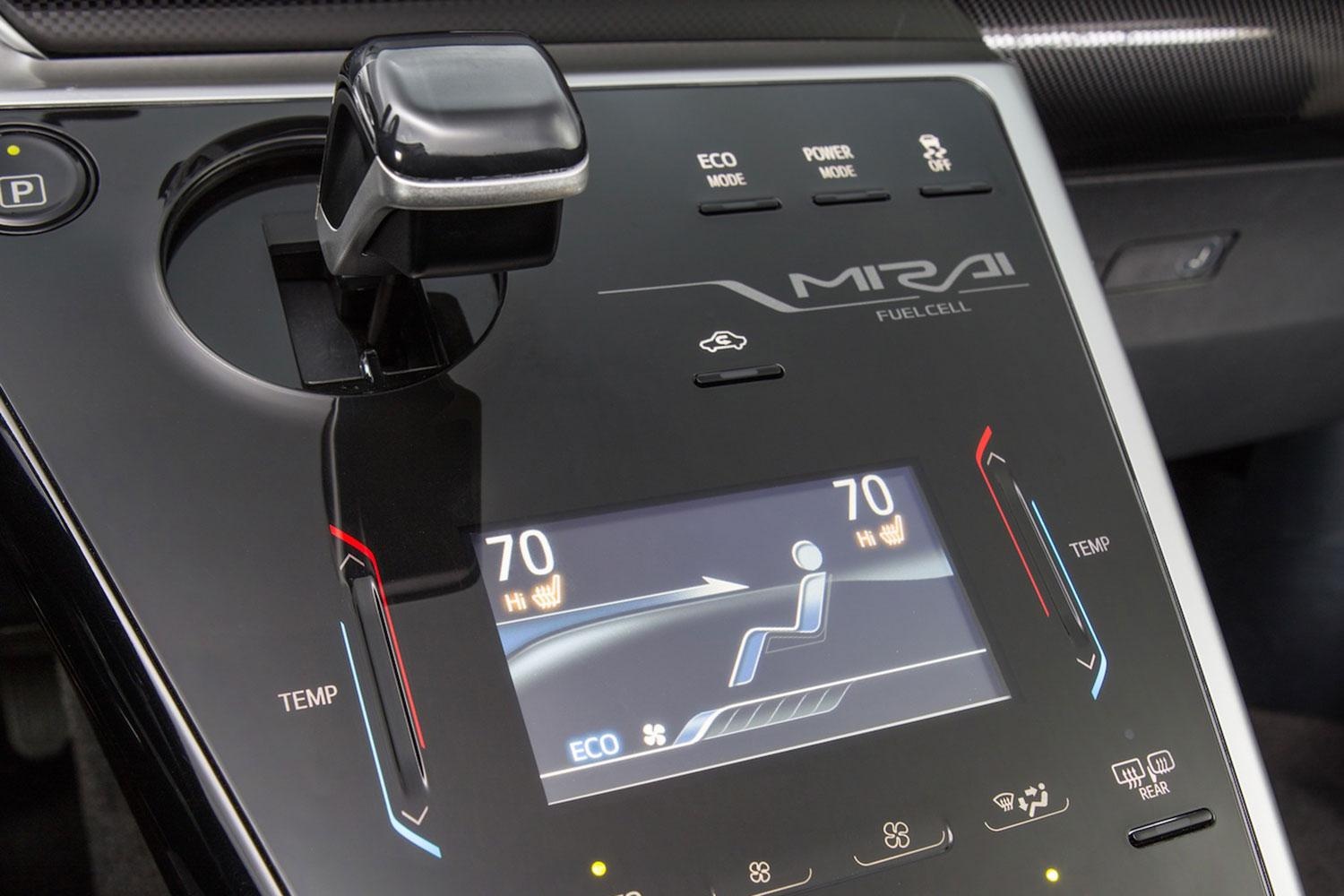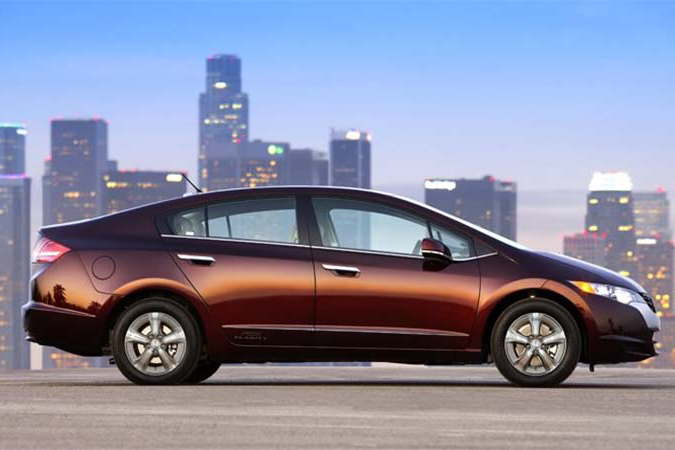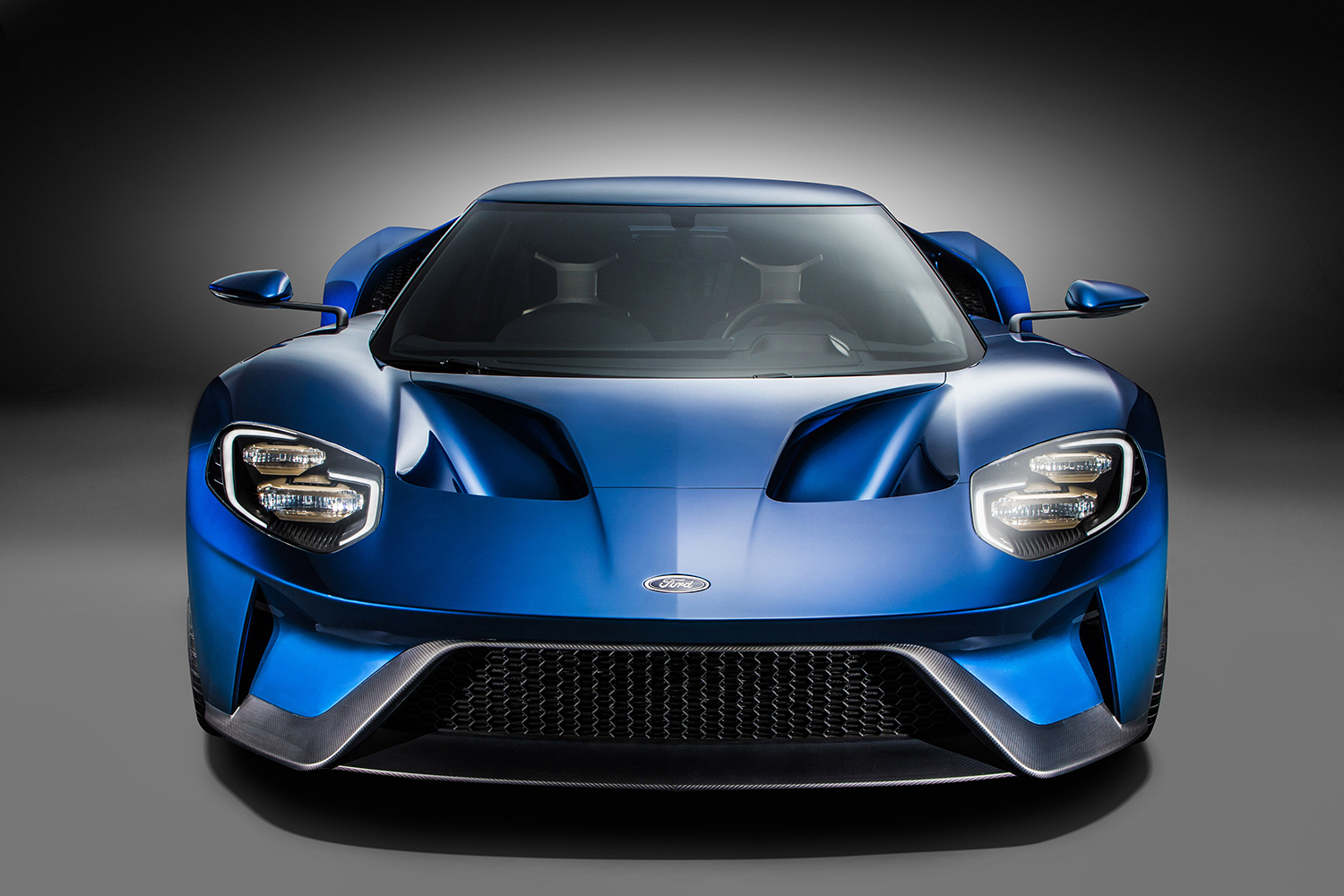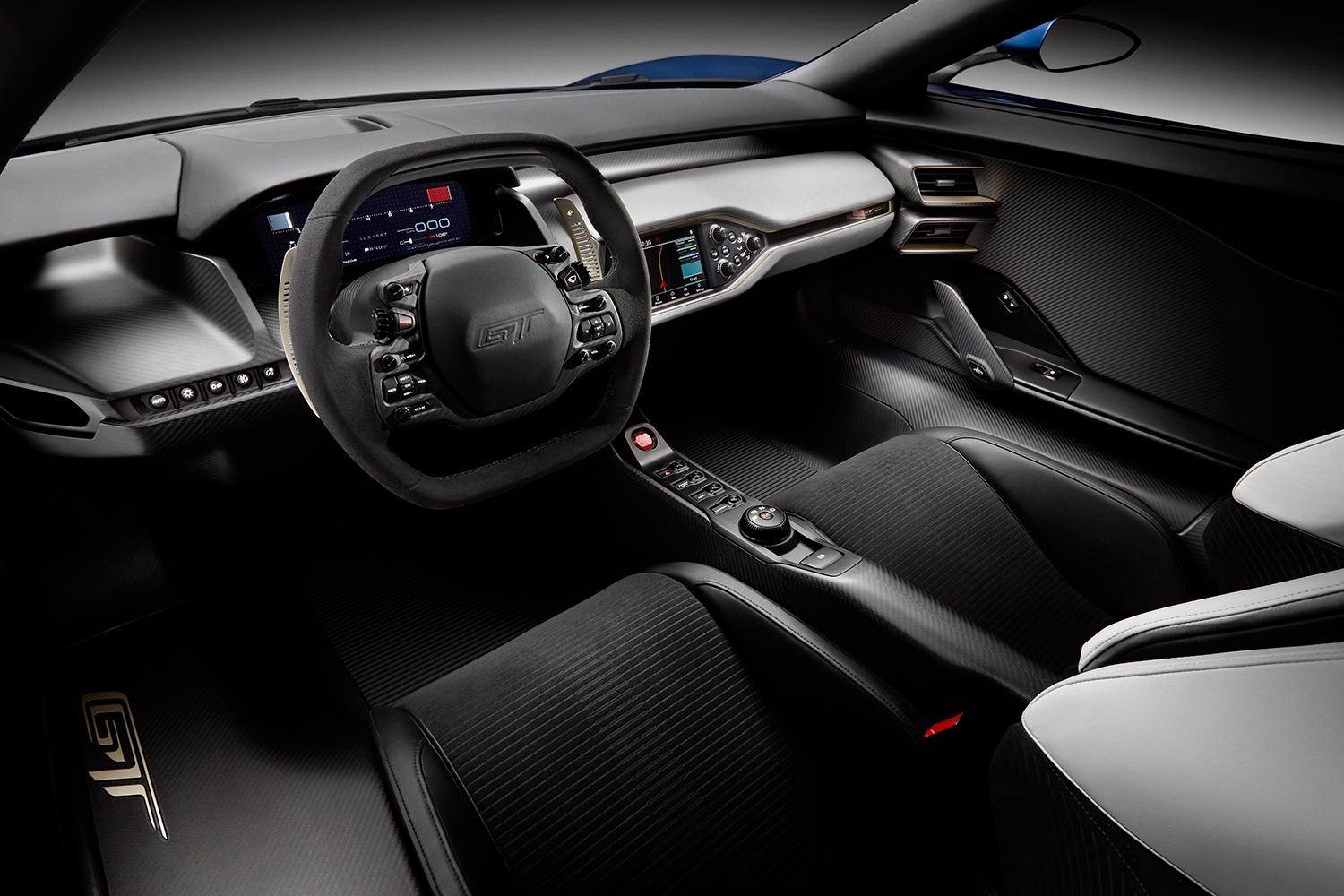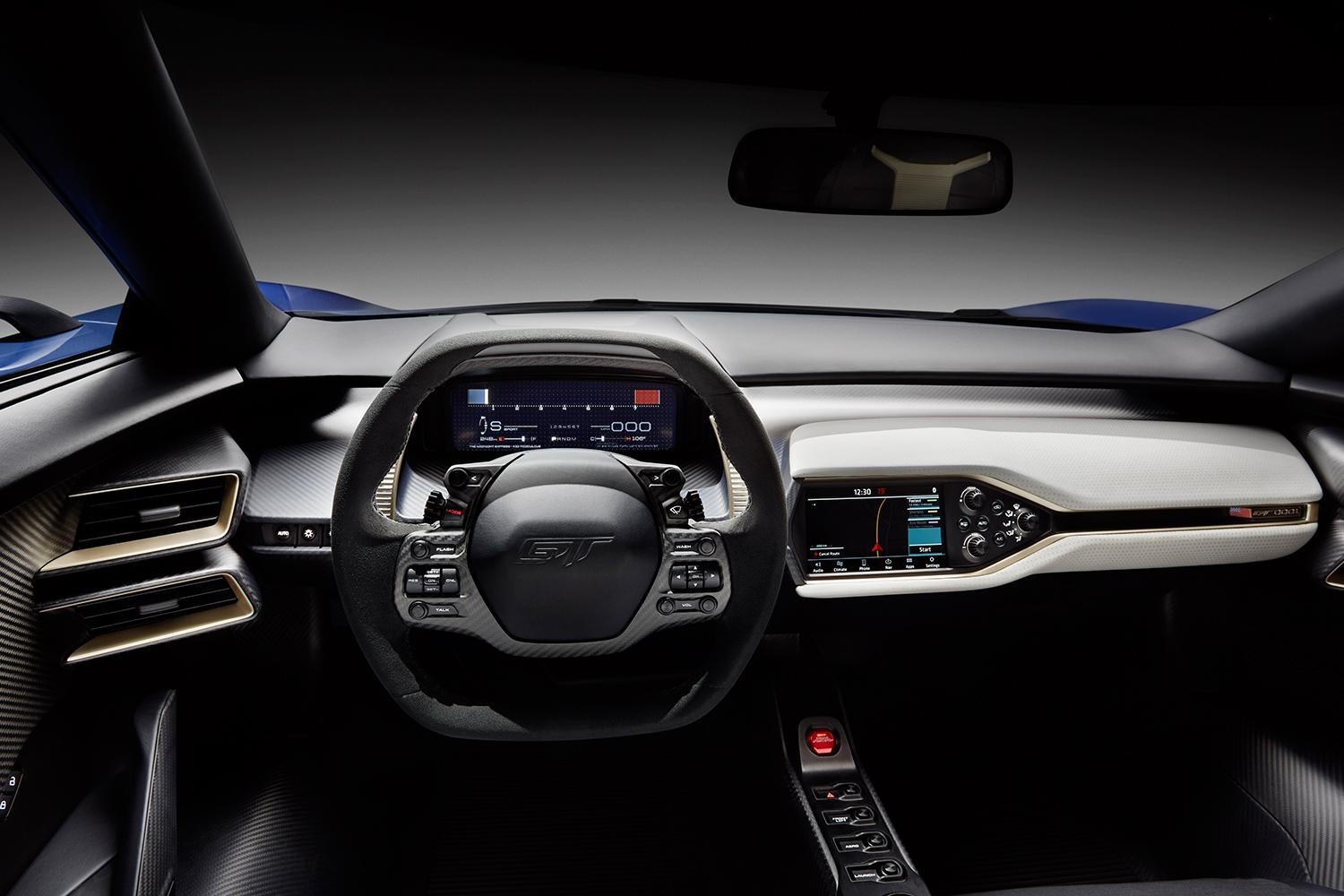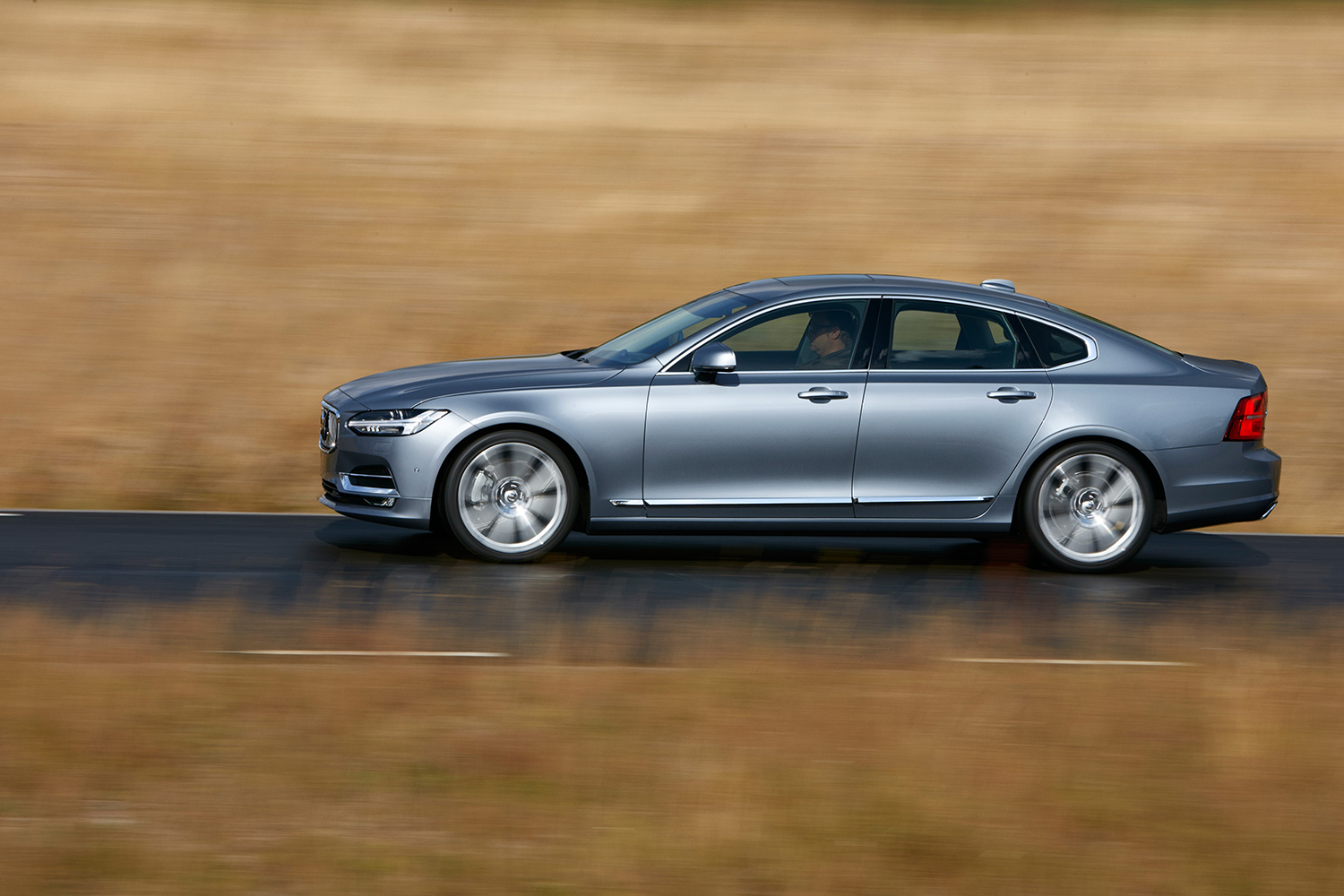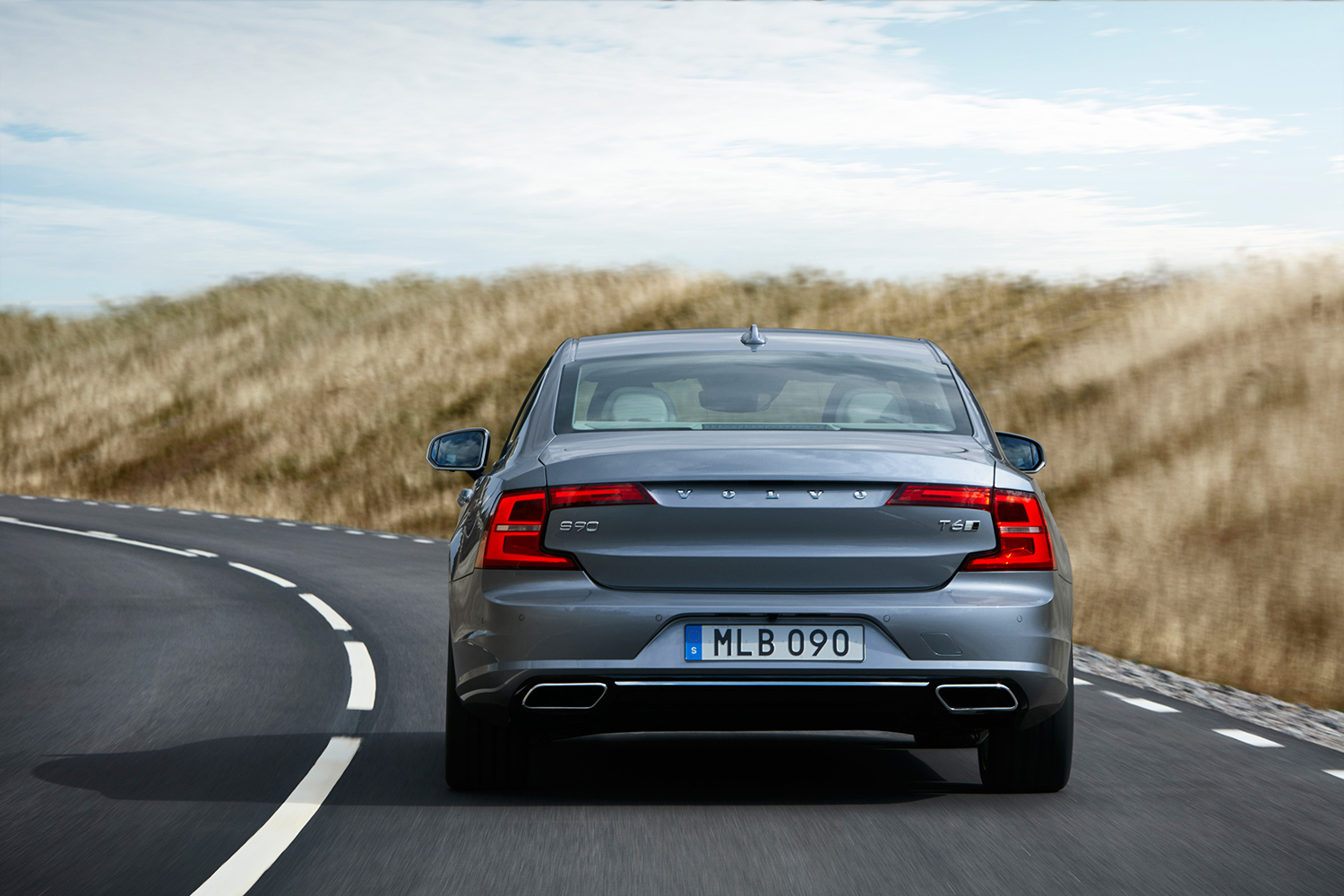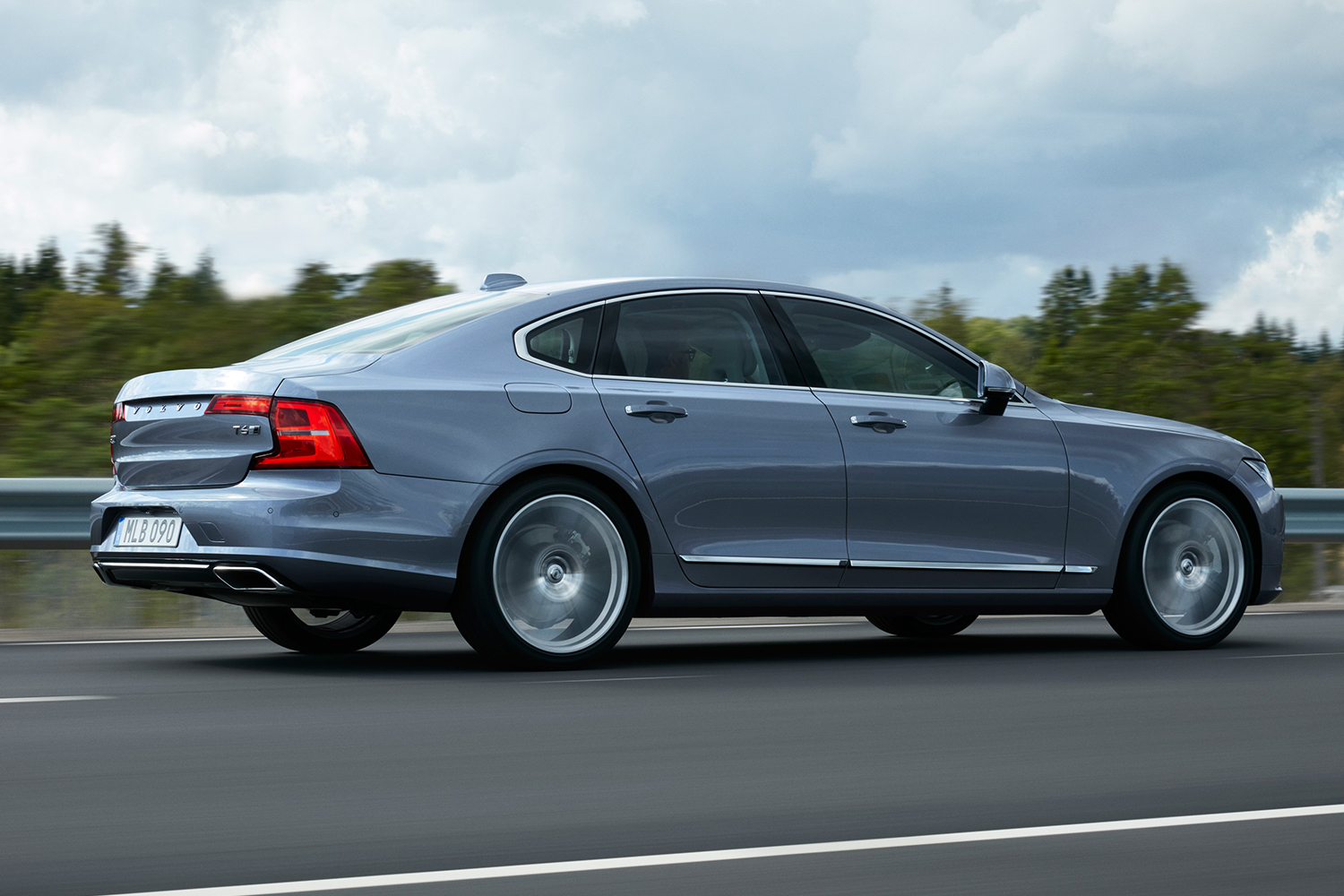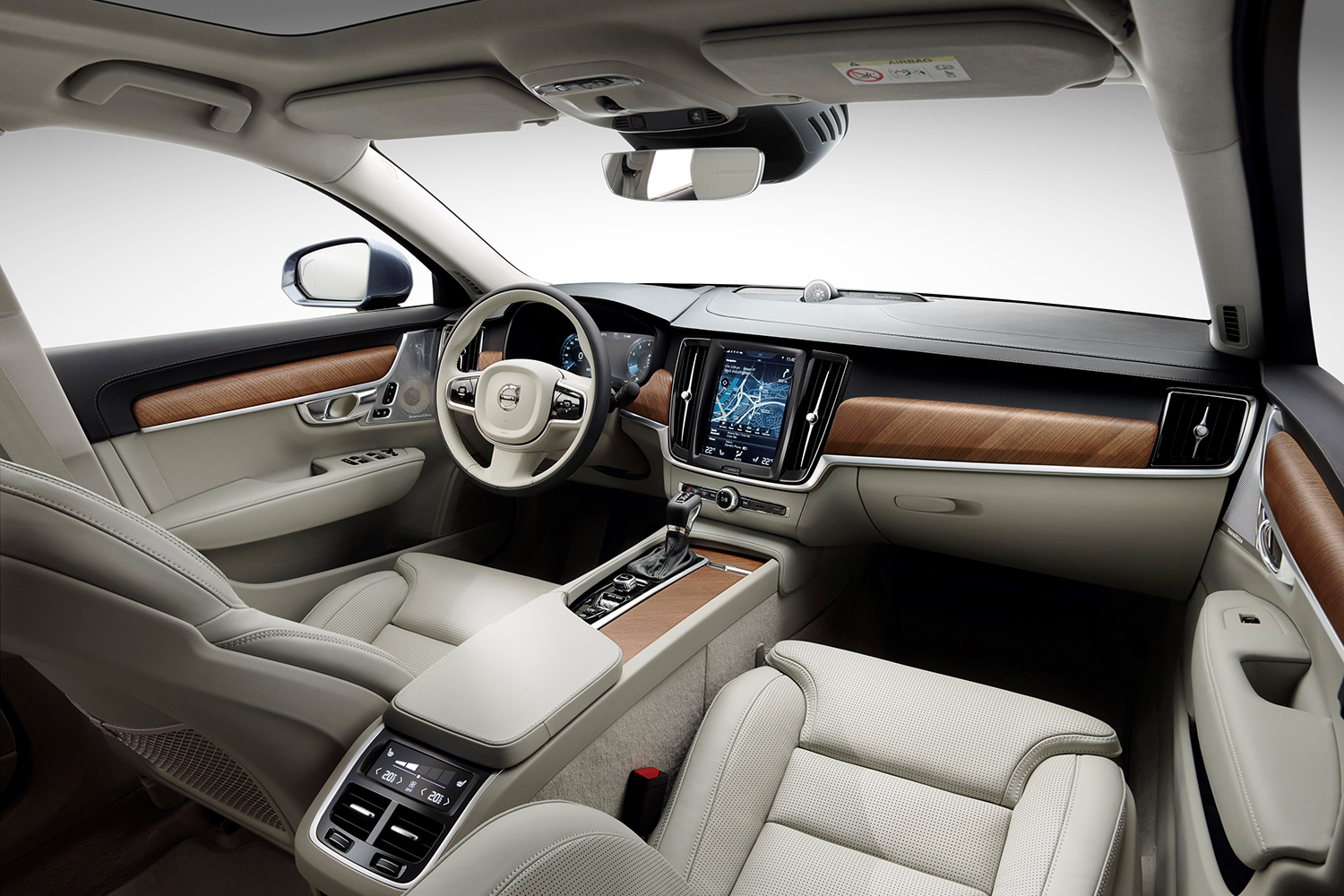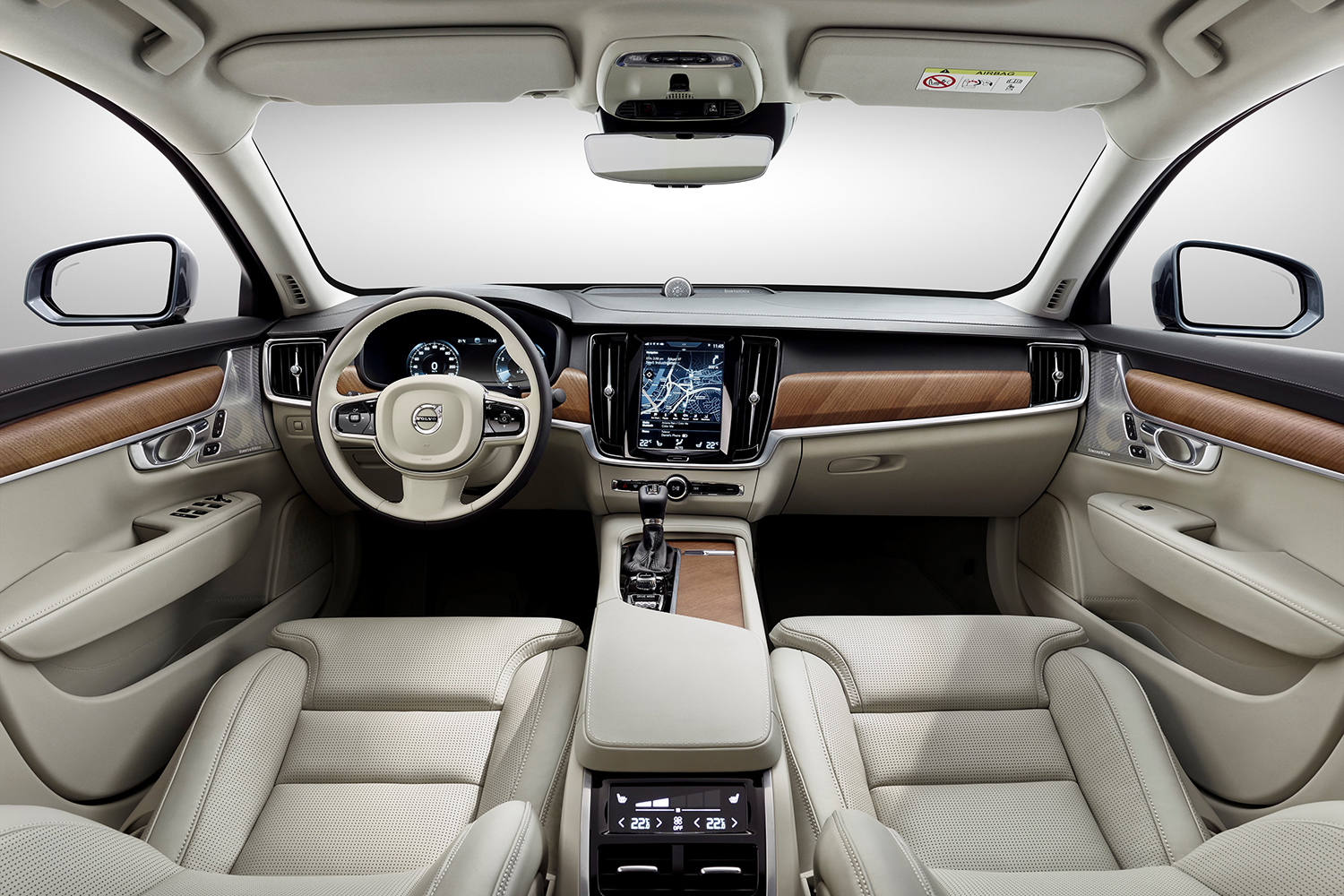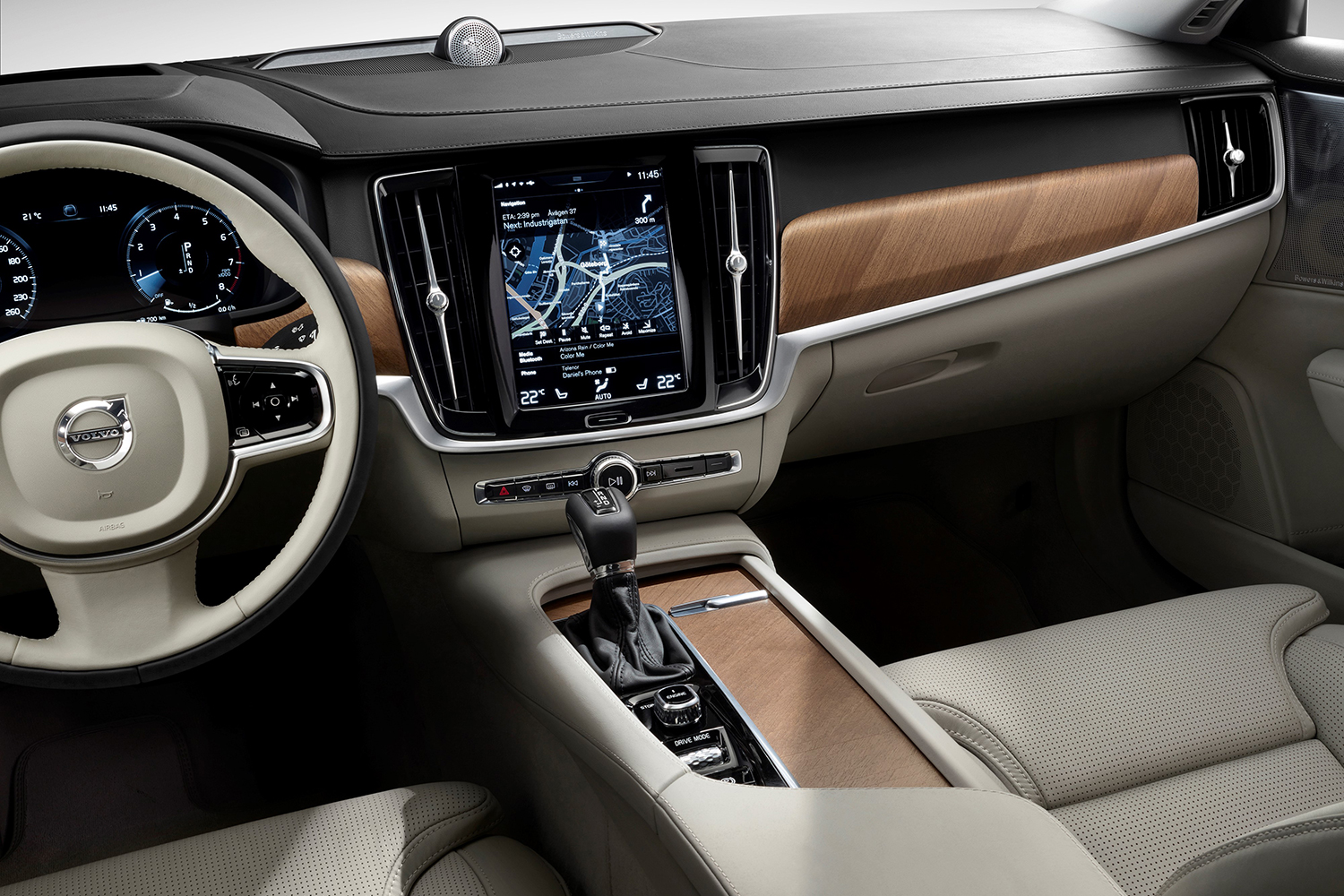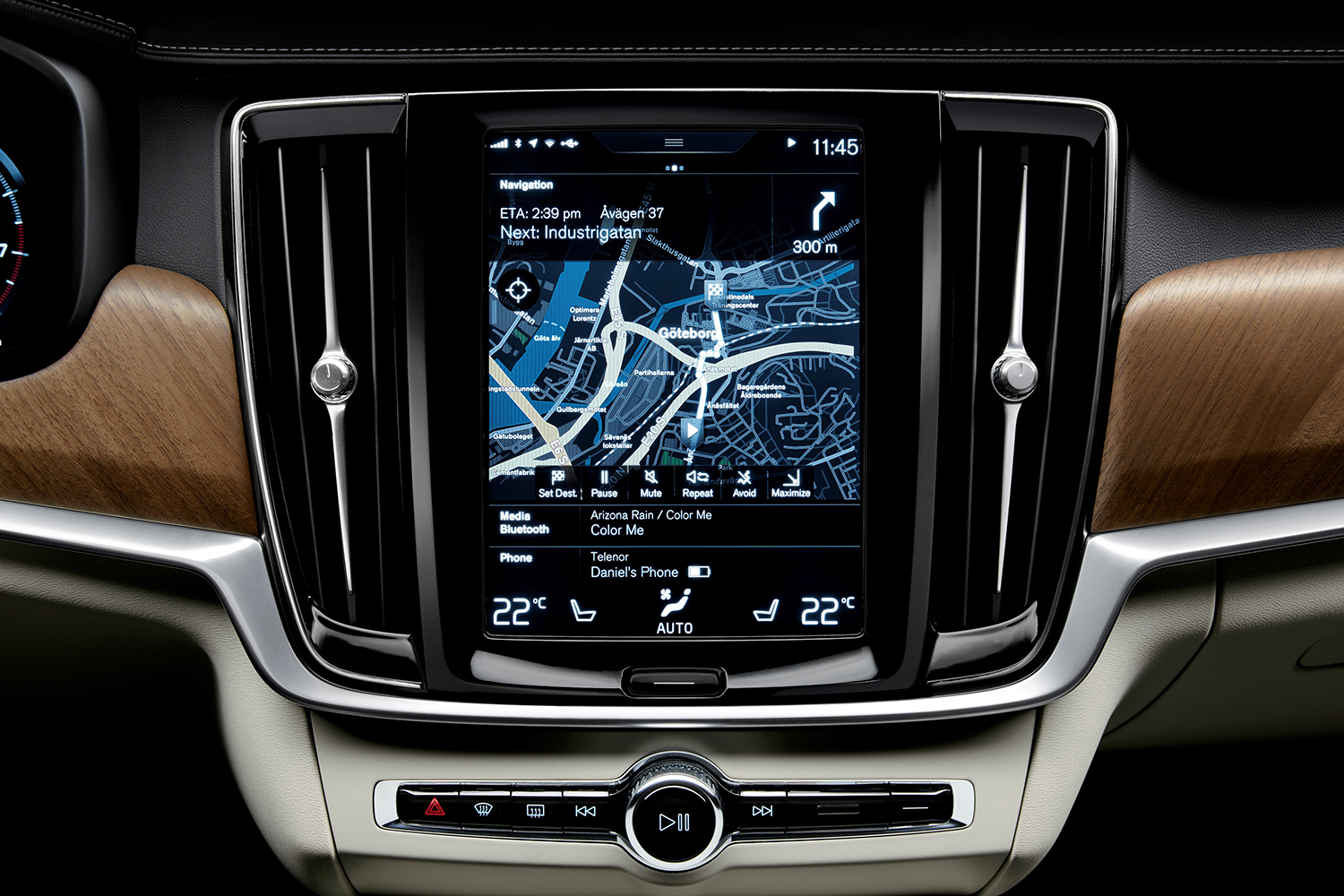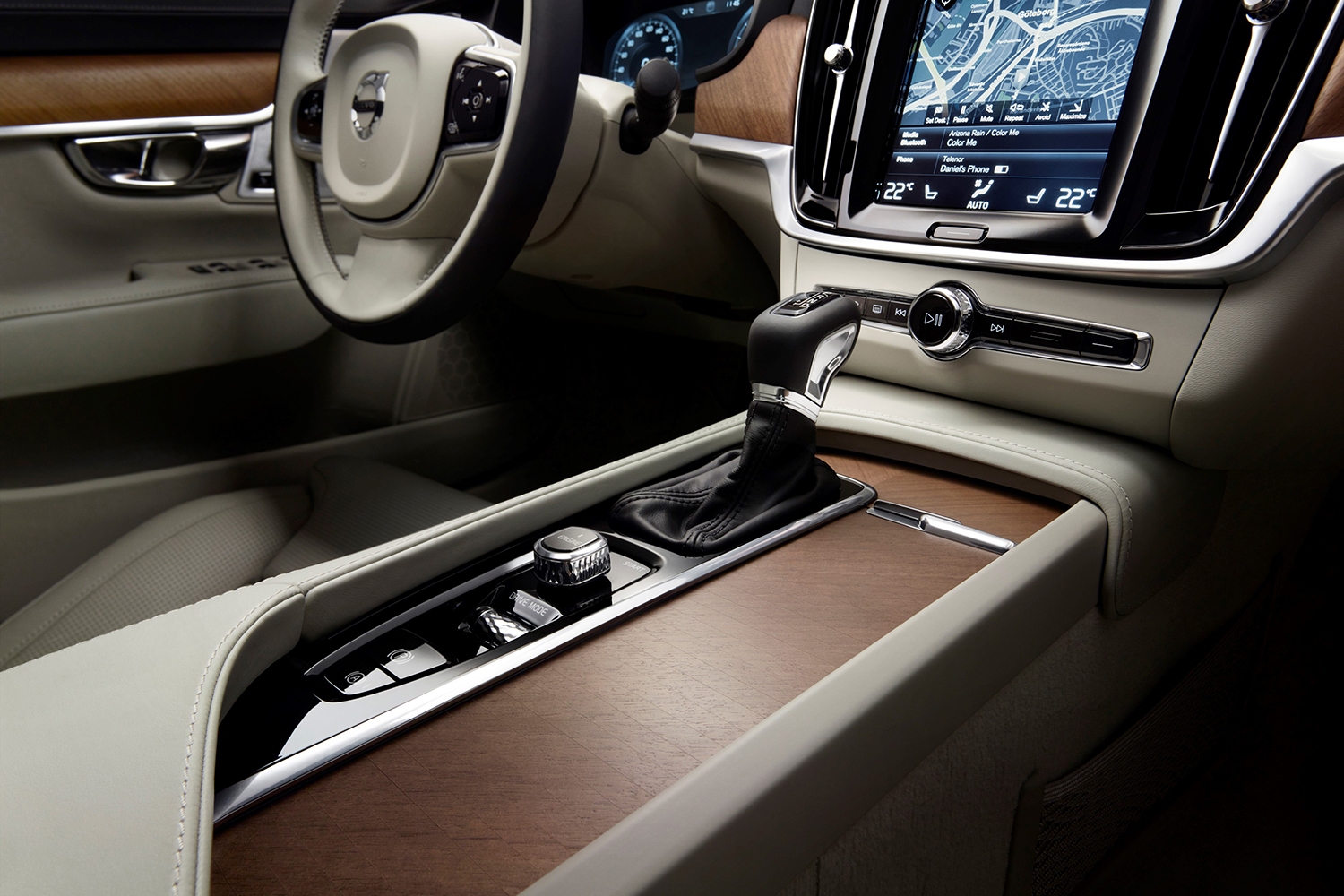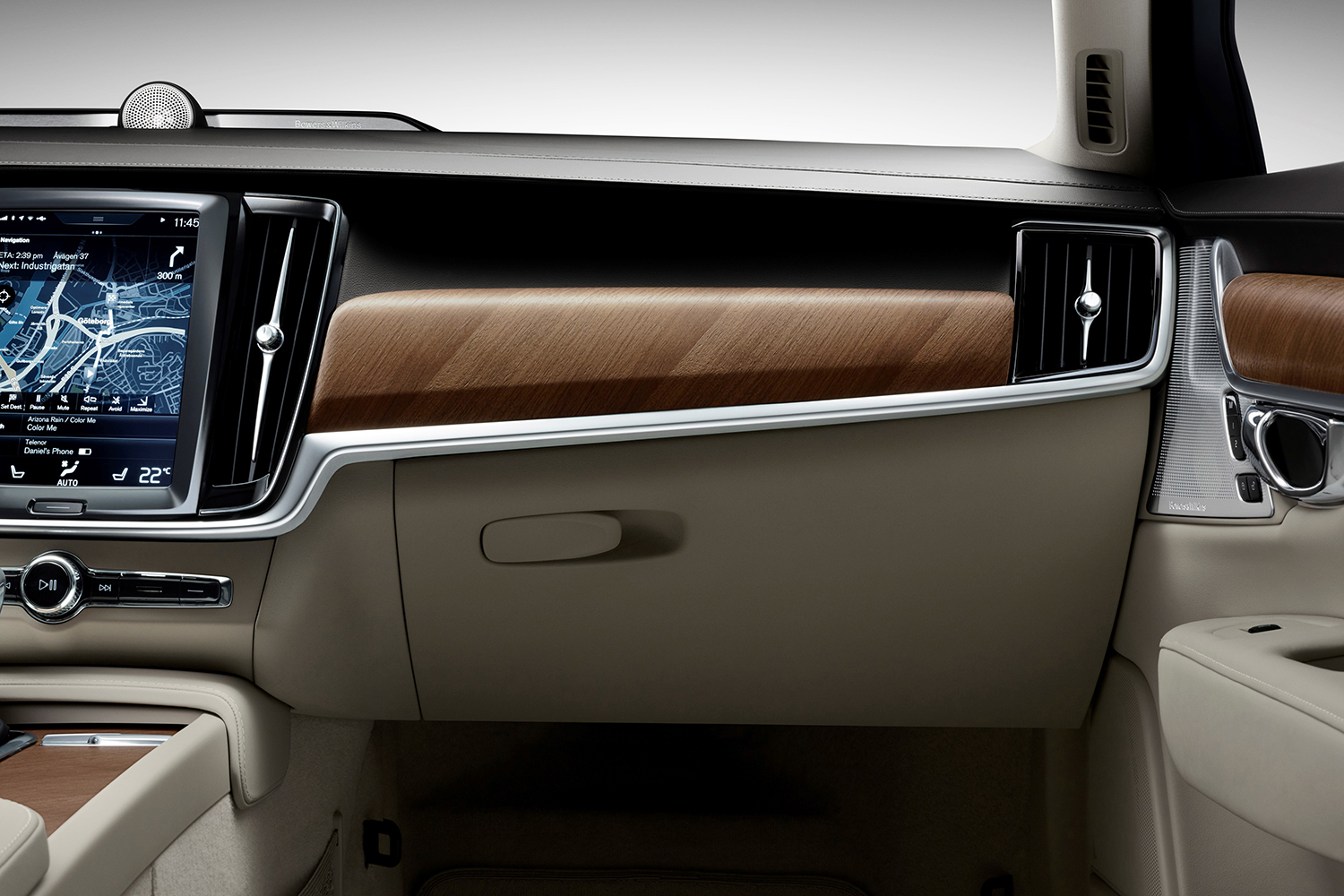What a year it has been! Over the past 365 days, the ever-changing rat race known as the car world has been pushed, pulled, lifted up, broken down, and straight up slapped in so many directions it left us feeling dizzy. When our heads finally cleared, we thought it appropriate to reflect on 2015’s craziness, from the good, to the bad, to the undeniably ugly.
Our crack team of writers — Alex Kalogiannis (Ed), Miles Branman, Stephen Edelstein, Ronan Glon, and Andrew Hard — have compiled a car-themed retrospective on the calendar year. We certainly can’t cover everything here, but the following stories are those that affected us, and possibly you, the most. As we step into 2016, let’s take one last look back.
Top Gear “fracas”

Alexander Kalogiannis: I think that all who do this job – whether they like to admit it or not – have been influenced in some degree by Top Gear. This is why its unceremonious end this year is my top story for 2015.
Sure, more important and globally-impacting revelations emerged in the past few months, but this one struck a more personal chord, one played on the heartstrings of car lovers throughout the world. It resonated with every one of us, regardless of our oft disparate tastes in automobiles and everything connected with them.
Top Gear showed us how cool, beautiful and, elegant cars can be. Through the most extreme ways, it demonstrated how practical they can be though impractical feats. We saw how even the most sophisticated and revered cars can be outright silly and flat-out stupid at times. This ever-churning philosophical exploration of automotive culture had the three finest professors – Richard Hammond, James May, and Jeremy Clarkson.
Sadly, shockingly, and inexplicably, it all came to an end with Clarkson’s stress-and-possibly-hunger-fueled assault of Oisin Tymon, one of the show’s producers. This “fracas,” which the incident became known as, was the last straw, breaking the back of a show derided by its detractors as chauvinist, offensive, and out of touch with the modern world.
Was it as offensive and detached from current ways of thought? Probably, but then again, in this era of burgeoning hypersensitivity, perhaps what we inherently like about Top Gear is the example it set of itself: Have fun, do cool things, and don’t take yourself too seriously.
I’m sad to see it go. I’m cautiously optimistic to see what it becomes. I’ll try to one day race a train to France.
Performance EVs and hybrids
Miles Branman: Change is fast approaching within the automotive industry when it comes to alternative powertrains. The most nimble automakers are those that aren’t saddled with massive corporate structures, but even established brands are racing to unveil electrically-assisted models that appeal to consumer interest.
At the top of the food chain are supercar manufacturers who have integrated electric components into their powertrains to boost performance via instant torque and energy regeneration systems. Some examples include McLaren’s P1 with its 909 horsepower hybrid drivetrain, Porsche’s 918 Spyder and its twin-electric motor system mated to a traditional V8 for a combined 887 hp, and Ferrari’s LaFerrari which benefits from a KERS (kinetic energy recovery system) for short bursts of added power for a total of 950 horses.
At slightly more attainable levels, BMW’s i8 uses a plug-in hybrid drivetrain to develop 357 combined horsepower. Due to extensive use of carbon fiber, the i8 keeps its weight down to a respectable 3,274 pounds meaning it can jump to 60 mph in just 4.4 seconds. Acura’s newly-revealed NSX also benefits from electric assistance in the form of three motors (one at each front wheel and one between the rear axle) matched up with a twin-turbocharged V6 for a total of 573 hp. Then there’s the now-veteran Tesla Roadster which uses a purely-electric powertrain to deliver 299 hp and a 0-to-60 mph sprint of just 3.7 seconds.
Tesla’s Model S has held a firm grasp on the performance electric sedan market, and at this point, several automakers are kicking themselves for letting the startup EV manufacturer take such a commanding lead. But now, a few key players are working on competitive models that will seek to unseat the Model S with advanced powertrains and (in most cases) the backing of far more capital.
Porsche has just revealed that its 600 horsepower Mission-E Concept will reach production with 310 miles of estimated electric range. Mercedes-Benz may also enter the fray with a production version of its Concept IAA (Intelligent Aerodynamic Automobile) with up to 311 miles of range and a sleek body to rip through the air. BMW has been working on a new i Series model that will most likely take shape as a sedan. With both range-extending hybrid and all-electric version planned, the ‘i5’ could make over 400 hp with only 3,400 pounds to move around. The Fisker Karma will also return under the new Karma Automotive brand with BMW-sourced electric powertrain components.
It will be a whole new world of performance EVs before the end of the decade, and as long as consumer appetites continue to grow for these silent-yet-vicious vehicles, automakers will continue to push the boundaries of electric thrills.
Hyrdrogen cars and the Ford GT
Stephen Edelstein: For years, people have talked about a future of hydrogen cars that’s supposedly just around the corner. In 2015, that future finally got a little closer. Joining the Hyundai Tucson Fuel Cell that was launched last year, the first 2016 Toyota Mirai sedans were delivered in California. The arrival of a purpose-built fuel cell car raised the profile of these vehicles significantly.
Those Toyotas began arriving at eight California dealers in November, and around the same time Honda took the wraps off its much-discussed fuel cell car. The 2017 Clarity Fuel Cell appeared at the Tokyo and Los Angeles auto shows, and will arrive in the U.S. sometime next year. Both the Clarity and the Mirai help sell hydrogen with futuristic styling that’s hard to ignore. And along with the Tucson, they’re real production vehicles, not prototypes or small-batch refugees from some pilot program.
Fuel cell cars still have a long way to go, though. Sales are limited to California for the time being, because it’s the only state with any hydrogen infrastructure to speak of. And the carmakers aren’t getting overly ambitious. Toyota expects to deliver just 3,000 Mirais by the end of 2017, for example. Hey, you’ve got to start the future from somewhere.
Few things these days are truly surprising, but when the Ford GT was revealed at the 2015 Detroit Auto Show, jaws dropped. Ford did a credible job of keeping this supercar secret, a task made tougher by the GT’s importance. Like the 2005 GT, the new version honors Ford’s 1960s GT40 racer. But unlike the last GT, it will actually race at Le Mans, taking to the track next year to commemorate the 50th anniversary of the GT40’s first win there.
By itself, the car is pretty spectacular. Proving that supercars don’t have to be inefficient, it boasts a 3.5-liter twin-turbocharged EcoBoost V6 that will produce at least 600 horsepower. The ambitiously designed body features two tunnels, flanking the engine compartment, and a pair of intimidating-looking center exhaust ports.
And while most modern supercars are meant to be at least little luxurious, the GT is all about performance. The seats and dashboard are actually fixed to its carbon fiber-reinforced plastic structure; only the pedals and steering column move. If Ford had built a more conventional car and slapped the GT name on it, that probably would have been enough. Instead, the Blue Oval went all out, and the results speak for themselves.
Volvo S90
Ronan Glon: 2015 will go down in history as a great year for new car debuts. Companies from all over the automotive spectrum managed to surprise us at every auto show we attended. However, one model that really stood out is the 2017 Volvo S90 that made its global debut earlier this month in Gothenburg, Sweden, the car maker’s home town.
The S90 is such a quantum leap over the aging S80 it replaces that merits a new name. It features a gorgeous front end influenced by Volvo’s newest design language, a sleek silhouette that’s reminiscent of a fastback, and a premium cabin built with high-quality materials. Additionally, it’s loaded to the gills with cutting-edge features such as a tablet-like touch screen in the dashboard and Volvo’s Pilot Assist, a technology that automatically keeps the sedan in its lane at speeds of up to 80 mph. Pilot Assist paves the way for the fully autonomous technology that Volvo will introduce in about 2020.
Volvo is on a mission to prove there exists a replacement for displacement. In lieu of thirsty six- and eight-cylinder engines, the S90 relies on downsized four-cylinder mills that are offered in several states of tune. Called T8 in Volvo-speak, the most powerful drivetrain is a gasoline-electric plug-in hybrid setup made up of a 2.0-liter four-banger that’s both turbocharged and supercharged and an electric motor mounted over the front axle. Together, the two power sources deliver a generous 400 horsepower and 472 pound-feet of torque to all four wheels.
More than simply a fresh face in showrooms, the S90 embodies the new brand identity that Volvo worked hard to develop over the past couple of years. Its design and the tech features built into it will gradually trickle down to every member of the company’s lineup, and executives told us there’s a good chance the S90 will spawn the first Volvo coupe in years.
Dieselgate

Andrew Hard: An industry as complex as this one has dramatic ebbs and flows. The highest of the highest are met with the lowest of the lows, and when we went low in 2015, we went low. Like, bottom of the barrel low.
The emissions scandal now known as Dieselgate reared its ugly head on September 18, when the EPA slapped Volkswagen Group with a violation of the Clean Air Act. Nearly 500,000 diesel vehicles in the United States and millions more worldwide were found with a so-called “defeat device” — software that could fool emissions tests into thinking the cars were cleaner than they actually were. When a test was administered, the vehicle’s exhaust gases were altered to comply with U.S. standards. Under normal driving, the TDIs would emit up to 40 times more nitrogen oxide (NO2) than normal, spewing untold amount of toxic fumes into the air. In other words, one of the biggest automakers on the planet told a fat, stinky, poisonous lie, and they had been doing it since 2009.
Obviously, the community did not take the news well. Countless media outlets and organizations had given Volkswagen environmental awards for its “Clean Diesel” products over the years, and were consequentially left feeling duped. VW customers had it even worse, as the company’s deceit directly affected their pocketbooks and daily lives. Coupled with the massive environmental costs — NO2 emissions are linked to asthma, bronchitis, emphysema, acid rain, and other horrible things — Dieselgate quickly grew into one the biggest corporate scandals ever.
It’s a bit odd to describe the events in the past tense, because the effects of Dieselgate will live on for years. The company completely reshuffled its management structure, executives resigned, huge fines were paid, and the brand was forced to abandon its widely popular diesel technology in favor of hybrid and pure electric vehicles. While the changes may be beneficial in the long run, a dark cloud will linger over VW Groups’ Wolfsburg headquarters for some time, a manifestation of broken promises and misguided trust.

